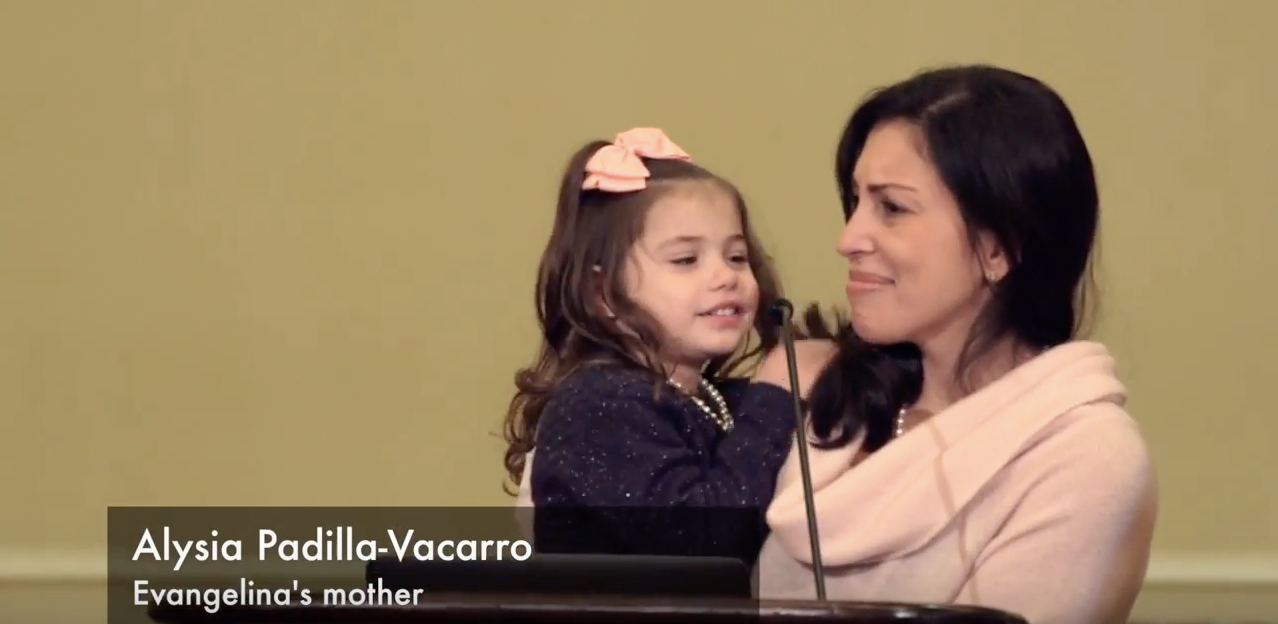About
- Severe Combined Immunodeficiency (SCID) is generally considered as one of the most serious forms of primary immunodeficiencies. There are at least 13 different genetic defects that can cause SCID.
- SCID, also known as “bubble baby disease,” is a rare genetic disorder that affects one in 30,000 newborns.
- A baby with SCID has little to no immune system, meaning that if a baby were to catch a cold or be exposed to other infections, he or she would not be able to fight it off; this could be life-threatening.
- Without treatment, a baby born with SCID will die within the first one to two years of life.
- Most types of SCID are characterized by low or no T cells (one of the critical cell populations that fight off disease) and a non-functional immune system. These are just a few types of SCID (for a more complete list, please visit the Immune Deficiency Foundation):
- X-linked-Severe Combined Immunodeficiency, X-linked (X-SCID) (40% of cases).
- X-linked SCID, the most common type of SCID, is caused by mutations on the X chromosome (meaning that it is passed from mother to son) and generally only occurs in boys, though girls can be carriers of X-linked SCID.
- In X-linked SCID, a gene mutation prevents immune cells from developing normally growing, making the baby very vulnerable to infections. X-linked SCID is characterized by very low T cells and non-functional B cells (another population of immune cells that serve as the body’s defense mechanism).
- Adenosine DeAminase-deficient-Severe Combined Immunodeficiency, (ADA-SCID) (15% of cases)
- ADA-SCID is the second most common type of SCID.
- ADA is an enzyme that eliminates a harmful compound, deoxyadenosine, from the body. In ADA-SCID, a mutation causes the deletion of the ADA gene, and therefore, no ADA enzyme is produced. This causes the harmful compound to build up in the system and kill the immune cells.
- The lack of the ADA enzyme also causes neurological problems, hearing and visual impairments, low muscle tone and movement problems.
- Artemis Deficient-Severe Combined Immunodeficiency (ART-SCID)
- ART-SCID is primarily found in the Navajo Nation. ART-SCID is not a typical type of SCID. It is caused by mutations in the DCLRE1C gene, which can also cause Omenn Syndrome, characterized by defects in genes that cause a faulty immune system by causing high numbers of non-functional T cells and a lack of B cells. ART-SCID is the most difficult form of SCID to treat when using standard bone marrow transplant from a healthy donor.
How Stem Cell Research Can be Used to Treat SCID
SCID is fatal without a stem cell transplant, corrective gene therapy, or long-term enzyme replacement therapy.
Historically, gene therapy has been used to correct the defect in certain types of SCID, but these treatments have had negative side effects as severe as cancer. Stem cell research has allowed researchers to develop better, safer alternatives to existing methods of therapy. Stem cell research has made significant advances by:
- Improving the safety of bone marrow transplants by eliminating the need for radiation or chemotherapy — an aggressive procedure that precedes bone marrow transplants and is used to prepare children to accept donor cells.
- Using a combination of gene therapy and stem cell transplantation to correct for the mutations causing the different types of SCID and delivering corrected cells back into the patient.
CIRM’s Progress: Selected Research Highlights
- In a Phase 1/2 clinical trial, researchers at Stanford School of Medicine are testing a safe form of bone marrow transplant (BMT) for X-linked SCID, by developing a non-toxic method to replace SCID patients’ dysfunctional immune cells with healthy ones. These studies utilize a protein (an antibody) that specifically targets and eliminates blood-forming stem cells, preparing the child for donor cells, without the use of chemotherapy or radiation. This method has potential applications in other diseases such as sickle cell anemia, Fanconi’s anemia, thalassemia, diabetes, multiple sclerosis and cancers that originate from the blood system such as leukemias and lymphomas. The results have been promising and several children with X-SCID have been treated in this clinical trial and are healthy today.
- In a Phase 1/2 clinical trial, researchers at St. Jude’s Children’s Research Hospital in conjunction with UCSF are using gene therapy to repair the damaged immune system for children born with X-linked SCID. These studies correct a genetic mutation in the child’s bone marrow stem cells. The corrected stem cells are then reintroduced to the child to restore the immune system’s ability to produce healthy immune cells and allow the child to fight off infections. The success of this therapy would cure X-linked SCID as well as eliminate any risk of the child developing graft-versus-host disease, a complication that can occur at any time after a transplant and requires medication to further suppress the immune system. Amongst these children is a brave young patient, Ronnie, who is now healthy because of this treatment.
- In a Phase 2 clinical trial, researchers at UCLA are developing a method of treatment for ADA-SCID. In brief, the patients’ blood stem cells are isolated, the ADA gene is added, and the corrected cells are then reintroduced back into the patient to create a healthy immune system. This approach has cured a total of 50 babies. Amongst these children are Evangelina Vaccaro and Hussein El Kerdi whose lives have forever changed because of this research.
- In a Phase 1 clinical trial, researchers at UCSF are developing a method, similar to the ADA-SCID trial, for children born with ART-SCID. This method modifies the patient’s own stem cells with a functional copy of the gene called Artemis, the gene that is mutated in ART-SCID, with the goal of reintroducing the corrected cells to the patient and generating a healthy immune system.




